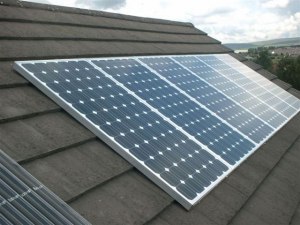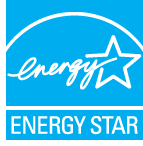The IT industry has focused a tremendous amount of attention to the concept of 'GREEN' over the past 5 years. Many of the players, both IT vendors and consumers of IT gear alike have created GREEN Officers or Sustainability Czars, and even whole organizations that focus on 'greening' a company or a product strategy. Green is timely and exciting and viewed as a good corporate citizen thing to do. However, the realities of COSTS are now beginning to materialize.
While it is very exciting to standup in front of your shareholders and articulate all of the GREEN initiatives in progress, there have been a number of recent 'green' projects conceived a few years ago that have been put 'on hold' pending funding. The reality of GREEN is that it COSTS money! It may cost money short term, or it may be long term. Green is not cheap. In some cases an ROI can be calculated to show savings over longer periods of time, in somes cases new technologies must be invented to make any difference in costs.

Consider the grocery store analogy. An organic pear may be 40% higher in cost than a 'generic' pear. Yes, everybody knows that organic is healthier, but how many people are willing to spend 20%-40% MORE for the Organic versions of their groceries? Oh sure, at first you tried a few, but the likelihood is that many of us switched back to regular foods and continue to buy non-Organic groceries due to cost.

Another gem... I priced a 5kW solar system for my house a year or two ago, and with a total cost of over $50K, I calculated the break-even point (after rebates!) to be 9 years! Hummm, so I would have to write a check for $50K, and then over the next 9 years would get my $50K back, and THEN I might start saving money...
In the world of IT, we have the same thing happening today. Many of the biggest companies that jumped into 'GREEN' early because they thought it was a good corporate citizen move while at the same time believing it would somehow save them money, are now finding that 'going green' COSTS money. REAL money! It may be an upfront cost with a 3-5 year payback, or it could be permanent ongoing costs. The fact is TODAY that a kW of power generated by Wind or Solar has a cost of 5-10 TIMES that of fossil fuel generate power. (See the URL: http://greenecon.net/understanding-the-cost-of-solar-energy/energy_economics.html).
Our best bet today is to use advanced monitoring to determine WHERE energy is being used, and how exactly how much by each application. This will set the stage for future investments in green technologies to be deployed. And remember, "Going Green" does NOT mean your energy efficiency is going to be better. You could running your entire data center on renewable power, but do so with a horrible PUE due to process and architecture problems. Wasting a watt is wasting a watt, regardless of where the watt came from.
We have the opportunity to push each other towards data center innovation, the creation of new power and cooling technologies, various regulatory reforms to spur investment even furthar and above all, demand accountability across the board.


